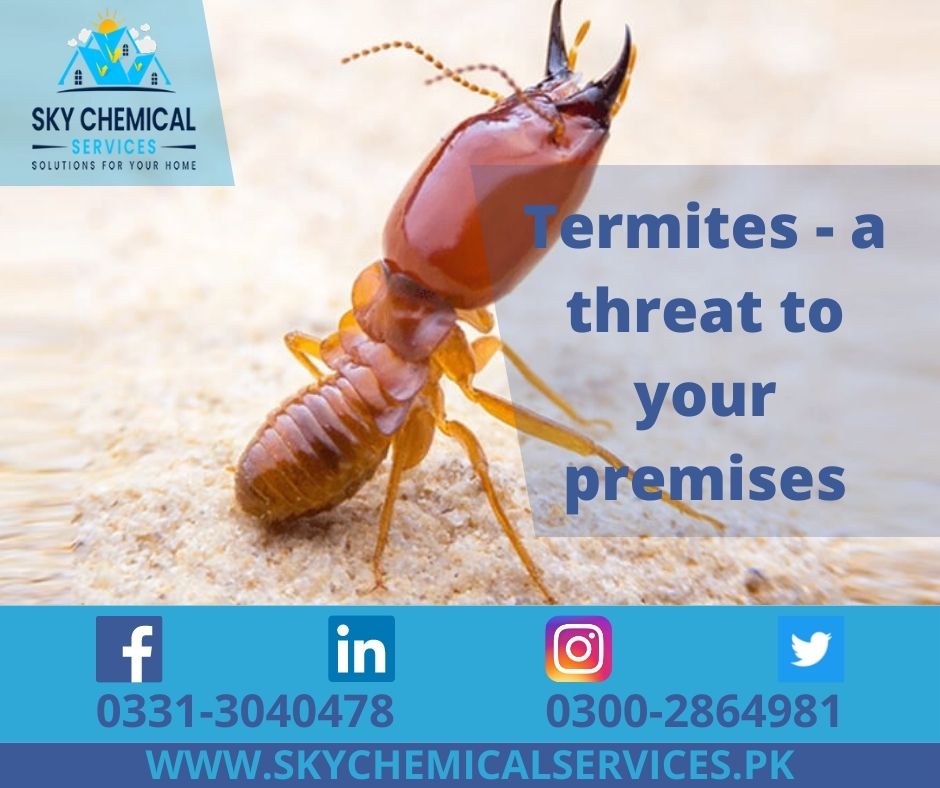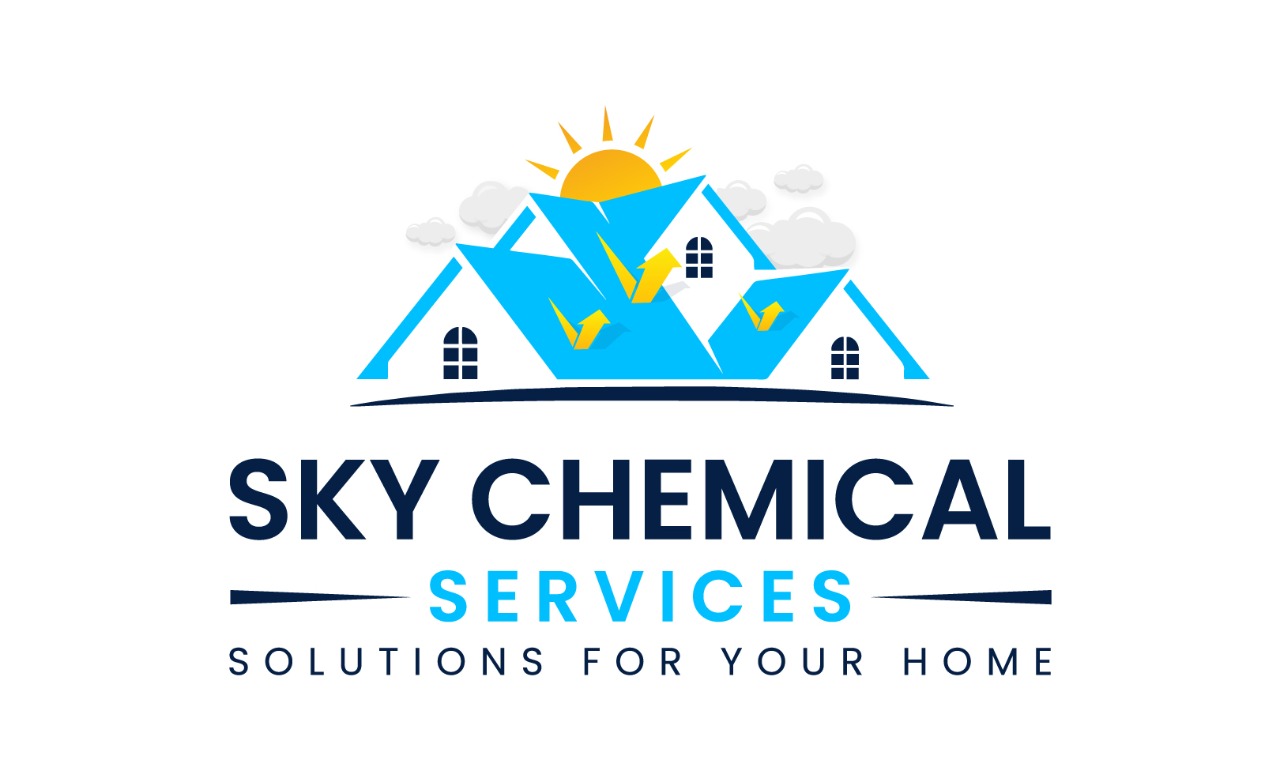
Termites Threat Premises: Termites are wood-eating creatures that can cause havoc with your furniture and fixtures present in homes or offices. If you find that your wood objects are creaking or are changing shapes, especially from the edges, then its time you hired a good termite eradication company.
But how much time do you have? The answer is contingent on a variety of circumstances, including the type of termites you have, the size of the colony, and the location of the termites in your property. Termites, on the other hand, can eat through a large amount of wood in a few of months. In less than a year, if termites gnaw through the correct bits of wood, you’ll have a structural problem.
What do termites eat?
Conventional saying states that termites consume wood-oriented objects. However, you may be shocked to hear that termites consume more than just wood. They also devour cellulose-containing materials like drywall, insulation, and plaster. Some termites are capable of digesting soft metals.
Termites eat a variety of substances, depending on their species. They have bacteria in their guts that can break down various things. Drywood termites devour the wood contained in the framework of a house. Damp wood termites like decaying wood, such as stumps and fallen branches, when they’re in a contract (group). Damp wood termites can enter your home and attack damaged wood, such as wood that has been exposed to breakage. Termites Threat Premises silently, compromising structures, devaluing property—a persistent danger demanding vigilant prevention and swift intervention.
How do you know that there are termites in the structure?
Knowing the indicators of termite damage might assist you in detecting termites in your house before they do significant damage. If you observe any of these indicators, you should arrange an inspection and servicing team.
Termite damage can manifest itself in a variety of ways, including:
- The wood or paint has swelled.
- The wood makes a hollow sound.
- Damage to the floor, such as scorching, sagging, or material loosening
- Mud tubes surrounding the foundation of your house
- Usually spotted around window frames or doors, droppings
- Termite wings might resemble microscopic scales.
Even if you don’t see signs of termite infestation, call a reliable company to conduct a thorough inspection. As termites are fast-paced creatures who can devour different substances, it doesn’t take them long to grow their colonies and cause multiple structural damages.
Identification of Termites
Termite colonies consist of three types:
-
Kings and Queens
Kings and Queens are found in almost all insect, animal and bird kingdom. In terms of termites, there is at least one king and queen in a single termite colony. The Queen’s purpose is to reproduce baby termites; it has a life of around 30 years.
-
Eggs
A queen can lay thousands of eggs every year which eventually hatch into nymphs.
-
Nymphs
While in this stage, nymphs convert into different castes; workers, soldiers, reproductives and supplementary reproductives.
-
Workers
These types maintain the colonies and build nest and tubes, forage for food and protect other termites. Their hideouts are most likely to be infested wood.
-
Soldiers
This category is sterile, wingless and blind and their sole function is to defend the colony. They are also likely to be found in infested wood.
Winged Reproductives
As mature swarmers, these termites eventually abandon the termite colony. They shed their wings and couple up after swarming. Each swarmer couple, which consists of a male and female swarmer, tries to establish a new colony.
Is Termite Spraying Safe For Humans?
Interesting Facts about Termites
-
Supplementary Reproductives
These types of termites help to increase the capacity of established termite colonies and serve as replacement of Kings and Queens. They get their nutrition from different substances, including wood, cellulose, paper, cotton, burlap and other plant products. Some might even consume dead heartwood or pith of living plants.
Termites are also attracted to certain odors of wood-decaying fungi, making it more digestible and easy. The fungi provide a source of nitrogen as a diet. Subterranean termites require moisture since they have a low resilience to dehydration. Termites must stay in contact with the soil (their primary source of moisture) or other above-ground moisture sources such as faulty plumbing, leaky roofs, leaking from air conditioning condensers, or poorly kept gutters in order to survive.
Termite Treatment
For old and worn out houses, the process starts off with drilling that is done up to a depth of 2 ft. along with the internal and external walls and the liquid/paste is poured in with pressure. An alternate method is the use of PVC pipe during the construction of foundations. This method is also recommended as it has special inlet nozzle visible outside from where the chemical can be pumped into the foundations and directly into the soil.
Termite killing chemicals can be categorized into three categories:
- Killer chemical
- Repellant chemical
- Slow poisoning.
The most common among these are repellants. Almost 85% of the chemical made for termites are repellants whereas rests are killers and slow poisons.
Conclusion
Termites Threat Premises can cause disintegration of wood and other substances and are a major threat to any home or office. They are normally called as ‘white ants’ and come in different sizes and working capabilities. The treatment of termites depends on drilling and using PVC pipes during construction of foundation. Lastly, if you want to get rid of these pests completely, then call up a professional termite cleaning service to do the job.
In you want to know more about our services, visit our website (https://skychemicalservices.pk/).
